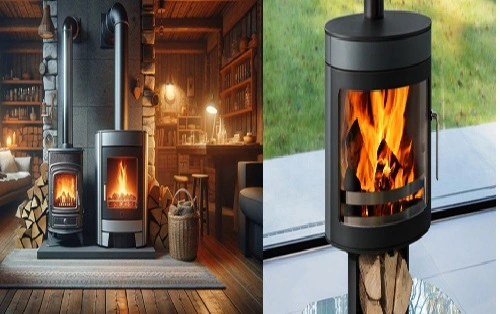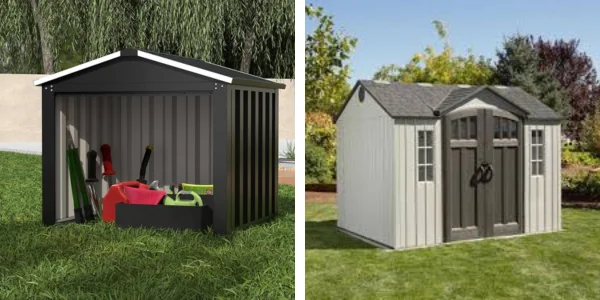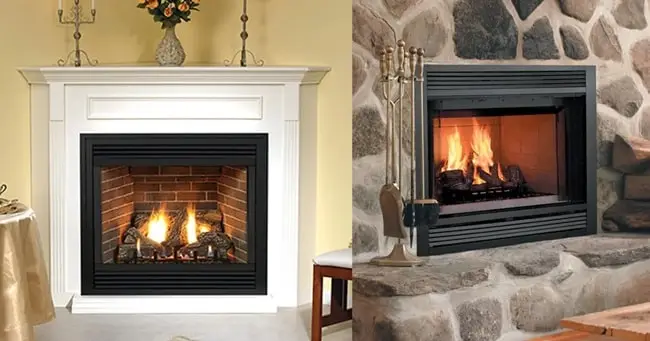As energy prices fluctuate and homeowners look for cost-effective, efficient heating options, pellet stoves and wood stoves remain popular choices across the USA. Both stoves provide warmth, ambiance, and an alternative to traditional heating systems. However, each has unique benefits and drawbacks, making one better suited to certain homes, lifestyles, and preferences.
In this article, we’ll compare pellet stoves and wood stoves based on efficiency, cost, ease of use, maintenance, environmental impact, and overall performance to help you determine which stove is the right choice for your home.
What is a Pellet Stove?
A pellet stove burns compressed wood pellets made from sawdust, wood chips, and other biomass materials. These pellets are loaded into a hopper, which feeds them into the burn chamber automatically using an auger system. Pellet stoves are known for their convenience and consistent heat output.
Key Features of Pellet Stoves:
- Uses compressed wood pellets as fuel.
- Requires electricity to power the hopper, fans, and auger.
- Heat output is consistent and regulated through a thermostat or control panel.
What is a Wood Stove?
A wood stove burns traditional firewood to generate heat. Wood stoves are manually operated, requiring homeowners to load logs and manage airflow for optimal burning. They are often chosen for their simplicity, reliability, and classic appeal.
Key Features of Wood Stoves:
- Burns split firewood or logs as fuel.
- Requires no electricity, relying on manual operation.
- Heat output depends on the type of wood and stove design.
Pellet Stove vs. Wood Stove: Key Comparisons
| Feature | Pellet Stove | Wood Stove |
|---|---|---|
| Fuel | Compressed wood pellets | Traditional split firewood |
| Heat Output | Consistent and adjustable | Varies; depends on wood type and size |
| Efficiency | 70%–85% efficiency | 60%–75% efficiency |
| Maintenance | Requires regular cleaning, less ash buildup | More ash cleanup; chimney cleaning needed |
| Ease of Use | Automated feeding, thermostat control | Manual loading and airflow management |
| Electricity Use | Requires electricity | No electricity required |
| Environmental Impact | Cleaner burning; lower emissions | Higher emissions without modern designs |
| Installation Cost | Higher upfront cost | Lower upfront cost |
| Fuel Cost | Pellet prices vary but are consistent | Firewood costs depend on region and supply |
| Aesthetic Appeal | Modern and sleek design | Rustic, traditional charm |
1. Fuel Type and Availability
- Pellet Stove:
Pellet stoves use compressed wood pellets, which are manufactured from recycled wood waste like sawdust and wood chips. Pellets are easy to store and can be purchased in 40-pound bags at home improvement stores. However, availability can depend on your location, and supply chain issues may impact costs. - Wood Stove:
Wood stoves burn split firewood, which is widely available in most regions. Firewood can often be sourced locally, making it more accessible and sometimes cheaper if you chop and season it yourself. However, storing firewood requires significant space.
Winner: Wood Stove (for availability), Pellet Stove (for convenience).
If you have access to affordable firewood, a wood stove is ideal. Pellet stoves are more convenient if you prefer easy-to-store fuel.
2. Heating Efficiency
- Pellet Stove:
Pellet stoves are highly efficient, with ratings between 70% and 85%. The automated feeding system ensures consistent burning, and advanced models can regulate temperature with thermostats. - Wood Stove:
Traditional wood stoves are less efficient, with ratings around 60% to 75%. However, modern EPA-certified wood stoves have improved combustion technology, making them cleaner and more efficient.
Winner: Pellet Stove
Pellet stoves offer more efficient and consistent heating, ideal for maintaining steady indoor temperatures.
3. Ease of Use
- Pellet Stove:
Pellet stoves are designed for convenience. You load the hopper with pellets, and the stove automatically feeds the fuel into the burn chamber. Thermostats and control panels allow you to regulate temperature with minimal effort. However, pellet stoves require electricity to operate the auger and fans. - Wood Stove:
Wood stoves require manual operation. You need to chop, load, and arrange the logs, as well as monitor and adjust airflow to maintain the fire. This process can be time-consuming, but many homeowners enjoy the hands-on experience of managing a wood-burning fire.
Winner: Pellet Stove
For convenience and minimal effort, pellet stoves win. Wood stoves require more hands-on management.
4. Maintenance
- Pellet Stove:
Pellet stoves produce less ash compared to wood stoves and require regular cleaning of the burn chamber, hopper, and exhaust system. Annual maintenance includes inspecting the fans and auger for wear and tear. - Wood Stove:
Wood stoves produce more ash and creosote buildup, requiring frequent cleaning. The chimney must be inspected and cleaned regularly to prevent blockages and fire hazards.
Winner: Pellet Stove
Pellet stoves are easier to maintain due to less ash and creosote buildup.
5. Cost of Installation and Fuel
- Pellet Stove:
- Installation Cost: $2,000 to $4,500, including the stove and venting system.
- Fuel Cost: Wood pellets typically cost $5 to $7 per 40-pound bag. Annual costs depend on usage but are relatively stable.
- Wood Stove:
- Installation Cost: $1,500 to $3,500, including the stove and chimney.
- Fuel Cost: Firewood can be inexpensive or even free if you chop it yourself. Purchased firewood costs vary by region and season.
Winner: Wood Stove
Wood stoves have lower upfront costs, and firewood can be an affordable or free heating source.
6. Environmental Impact
- Pellet Stove:
Pellet stoves burn cleaner than wood stoves, producing minimal emissions and smoke. Pellets are made from wood waste, making them an eco-friendly option. - Wood Stove:
Older wood stoves produce more emissions and particulate matter. However, modern EPA-certified stoves burn more cleanly and efficiently, reducing environmental impact.
Winner: Pellet Stove
Pellet stoves are the cleaner, more environmentally friendly option overall.
7. Aesthetic Appeal
- Pellet Stove:
Pellet stoves often have a sleek, modern design that complements contemporary homes. - Wood Stove:
Wood stoves exude rustic, traditional charm and provide the cozy ambiance of a real wood-burning fire, complete with crackling sounds and the smell of burning wood.
Winner: Wood Stove
For ambiance and classic charm, wood stoves win.
Final Verdict: Which Should You Choose?
- Choose a Pellet Stove If:
- You want a convenient, automated heating solution.
- You need efficient, consistent heating with minimal effort.
- You prefer a cleaner, more environmentally friendly option.
- Choose a Wood Stove If:
- You have access to affordable firewood and enjoy hands-on fire management.
- You want lower upfront costs and don’t mind regular maintenance.
- You love the rustic ambiance of a real wood-burning fire.
Both pellet stoves and wood stoves provide excellent heating, but the best choice depends on your budget, fuel availability, and lifestyle preferences. If convenience and efficiency are your priorities, a pellet stove is the way to go. If you value tradition, ambiance, and affordability, a wood stove will serve you well for years to come.


